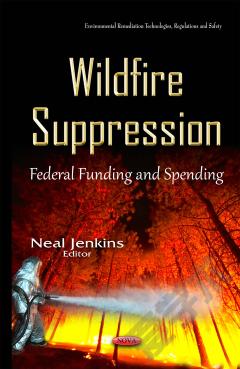Federal Discretionary Spending and Budget Authority: Elements and Trends
Discretionary spending covers the costs of the routine activities commonly associated with such federal government functions as running executive branch agencies, congressional offices and agencies, and international operations of the government. Essentially all spending on federal wages and salaries is discretionary. Discretionary spending also funds grants, purchases of equipment and other assets, and contractor services that support various federal programs and activities. Congress provides and controls discretionary funding through annual appropriations acts, which grant federal agencies the legal authority to obligate the U.S. government to make payments. Budget authority is the amount that can be legally obligated. Outlays are the payments made by the U.S. Treasury to satisfy those obligations. This book discusses trends in outlays. It also presents figures showing trends in discretionary budget authority as a percentage of GDP by subfunction within each of 17 budget function categories, using data from President Obama’s FY2014 budget submission. It provides a starting point for discussions about spending trends.
{{comment.content}}








 京公网安备 11010802027623号
京公网安备 11010802027623号